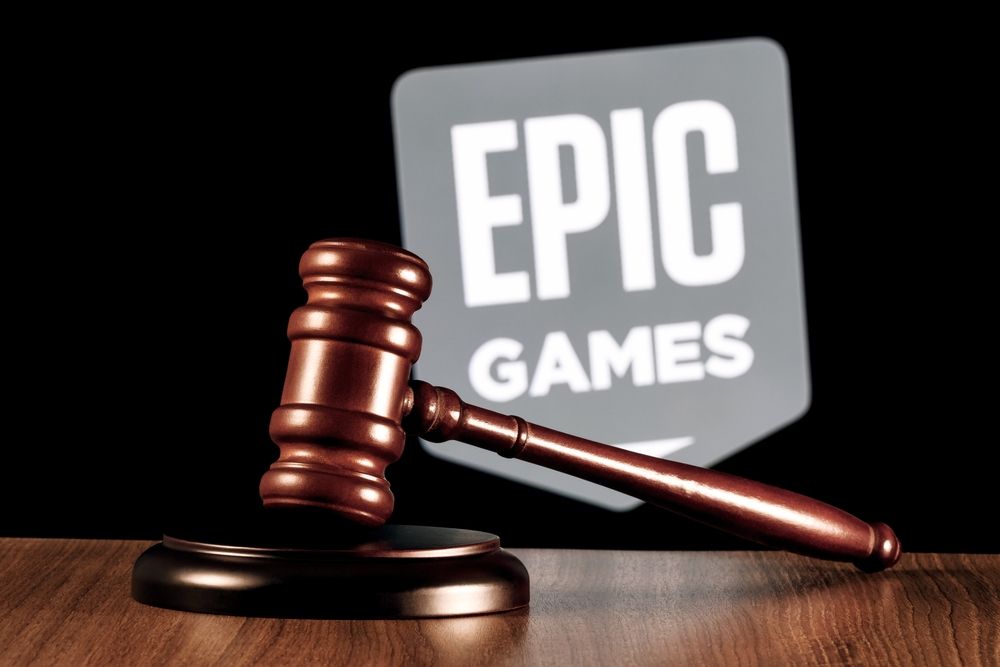Google announced a $700 million settlement in the Play Store dispute, allocating $630 million to American consumers and $70 million to a state fund. The resolution stems from a class-action lawsuit filed in 2021, exposing Google’s monopolistic control over Android app distribution.

Settlement Details and Changes
The settlement, a result of a preliminary agreement reached after the class-action suit, focuses on altering Google’s practices regarding app distribution. As part of the resolution, Google pledged to expand its user choice billing pilot program introduced in the US in November 2022. This expansion will permit developers to incorporate alternative payment methods for in-app purchases. Moreover, developers can adjust purchase prices based on the buyer’s chosen payment method within the app.
Additionally, Google committed to streamlining the third-party download process, aiming to simplify the user experience without compromising security. While precise details about this streamlined process remain undisclosed, the company emphasized its intent to modify the messaging accompanying third-party app downloads. Wilson White, Google’s vice president of government affairs and public policy, stressed the importance of maintaining security measures while simplifying the download process.
Implications and Ongoing Challenges
Google highlighted Android 14’s role in facilitating a smoother app update process by introducing enhanced options for interaction with third-party app stores through APIs, notes NIXsolutions. However, this settlement follows Google’s recent setback in an antitrust battle with Epic. Despite plans to appeal the verdict, the tech giant reiterated its stance in a blog post, asserting that the ruling overlooked the competitive landscape provided by its platforms.
As Google navigates legal challenges and attempts to implement changes in response to the settlement, the technology industry keeps a close watch on these developments, anticipating further shifts in app distribution and billing practices.
